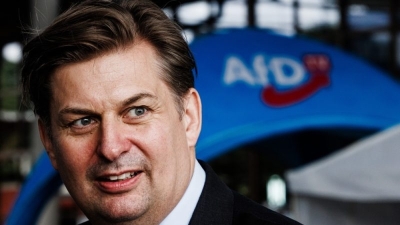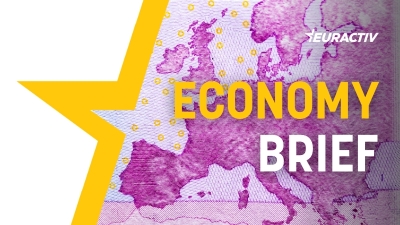What’s next for EU power market reform [Part Two]
![What’s next for EU power market reform [Part Two]](/media/k2/items/cache/0f78a0cbe9858c43ef0c14f2f887556a_L.jpg)
The European Union’s latest electricity market reforms will shortly enter into force, but the ongoing dramatic transformation of the electricity system means that these reforms may be one building block in a much wider policy revolution.
In the first part of this series, Euractiv explored different solutions to help Europe’s electricity system become more flexible, allowing the grid to accommodate high penetrations of variable wind and solar energy while avoiding blackouts or sustained price spikes.
This second part dives deeper into some of the power system’s most complex challenges – incorporating season storage, helping customers to dynamically change their consumption during times of scarcity, and expanding and reinforcing power grids.
Seasonal storage
Europe will need long-term or ‘seasonal storage’, which can power the electricity system during weeks or months when there is little or no wind and solar energy.
This is a tougher challenge than short-term electricity storage for minutes or hours, which can be met with batteries.
While the recent EU reforms did consider storage and recommend the establishment of a framework to support storage resources, it “does not fully address the issue […] of robust deployment of storage”, the European Association for Energy Storage (EASE) told Euractiv.
EASE would prefer dedicated mechanisms, such as seasonal capacity auctions. “The European Commission could realistically tackle this issue”, EASE defended.
Demand response – for dynamic consumers
Customers can also help balance supply and demand by reducing their consumption when there is less power available – known as demand response. Both industrial and domestic customers could provide this service for a price.
SmartEN, the European demand response association, says that national demand response frameworks should be harmonised at a European level and wants a more formal recognition of demand response as a distinct market player.

Demand flexibility: A key challenge for EU electricity market reform
The massive deployment of intermittent renewable energies is set to dramatically increase the need for flexibility in the electricity grid, and market players want increased focus on demand management as a source of grid optimisation.
An expanded and reinforced grid
Europe needs a larger, more flexible grid to better manage congestion zones and deploy tricks such as bi-directional power flows. To achieve this, industry estimates that there will be an investment gap of more than €800 billion by 2030.
National energy ministers devoted two days to the challenge in Brussels during an informal meeting on Monday and Tuesday (15 and 16 April).
Eurelectric, the EU electricity association, wrote to energy ministers before the meeting and asked for new financing tools for local distribution grids in particular. “Grid balancing is going to rely more and more on decentralised solutions”, Camille Defard told Euractiv.
Eurelectric also advocates for rationalising the permitting process and ensuring access to critical materials and chemicals.
Finally, more interconnections between different countries’ grids will be critical, allowing energy to flow flexibly through the European grid as flexible as possible, for example, solar from Spain, hydropower from Norway, or wind energy from the North Sea.
Do we need a 2.0 reform?
Ultimately, flexibility depends on much deeper coordination of Europe’s electricity systems across borders, so European-level solutions will be critical.
“The next European Commission should work on possible reforms, for example, using a white paper, studies or communications, to fuel this debate and prepare the ground for the reforms that will have to be made,” says Defard. A possibility that Rüdinger also envisages: “we already have to prepare the ‘2.0’ reform.”
The CEO of the Finnish state-owned energy company Fortum, Markus Rauramo, is more cautious.
In remarks to Euractiv, he said “the market needs to be adapted” beyond the latest reform, mainly to ensure a profitable return for low-carbon capacity mechanisms.
However, Eurelectric Secretary General Kristian Ruby told Euractiv that “changing rules again in the short term will only create uncertainty and confusion. Now is the time to focus on implementation and watch how the new rules work when applied.“
That said, “Given the scale of the investment required and the difficult economic environment, we may need to develop additional risk mitigation tools”, Ruby acknowledged.
Read more with Euractiv
![What’s next for EU power market, [Part One]](https://www.euractiv.com/wp-content/uploads/sites/2/2024/04/shutterstock_120866158-150x150.jpg)



